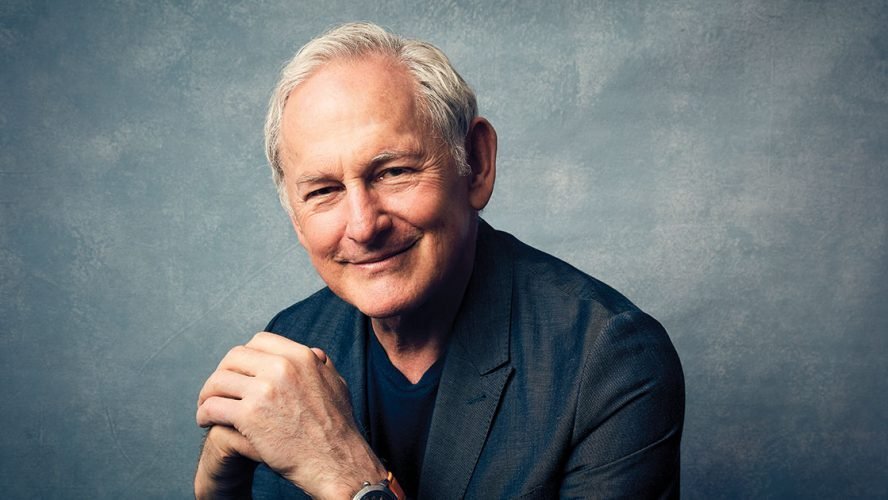Victor Garber
Victor Garber is a prominent Canadian actor and outspoken diabetes advocate.
He may be best-known for his stage performances on Broadway and award-nominated roles in film and television. Throughout his career in the public eye, Garber has kept much of his personal life private. In recent decades, however, he has become more vocal about his experience living with Type 1 diabetes.
Born and raised in London, Ontario, Garber began acting at the age of nine. He was diagnosed with Type 1 diabetes around his twelfth birthday, but continued to pursue his passion for the performing arts. Four years later, he moved to Toronto for a six-week theatre training program at Hart House at the University of Toronto. Not long after, he formed the folk band called The Sugar Shoppe, which performed on The Ed Sullivan Show and The Tonight Show Starring Johnny Carson.
Garber went on to make a name for himself performing in the Toronto stage production Godspell and in the film adaptation shortly after. His success soon led to pivotal roles on Broadway in the original productions of Deathtrap and Sweeney Todd and in the original off-Broadway production of Assassins. With a career that has spanned several decades, he has made many appearance on-stage as well as in film and television. Some of his most notable works include films such as Titanic (1997), Milk (2008), and Argo (2012), and television roles in Alias and DC’s Legends of Tomorrow.
Working as an actor, coworkers and managers were always aware of his needs and limitations with diabetes. In Godspell, a jar of honey was always kept on stage, while other times, orange juice or apple slices would help maintain his blood sugar. Throughout his career, with the support and understanding of his colleagues and coworkers, he was able to pursue his love of performing, in spite of his diagnosis. It was tough having to balance his schedules, insulin, physical activity and meals while working. More recently, with the help of newer insulin pump and blood sugar devices, he has even more freedom to pursue his work.
There has been great progress in scientific research and technology since Garber’s diagnosis nearly 60 years ago. There is a promising and hopeful future for younger generations, and new discoveries that surely will come. From learning to administer insulin injections on an orange and testing urine samples to monitor blood sugar, diabetes management has now become as easy as opening an app on his phone. Beyond the physical limitations of living with diabetes, Garber has emphasized the importance of connecting with others who share similar experiences with the condition. At age 13 and 14, he attended Camp Banting in Ottawa, Ontario, the longest-running camp for children living with Type 1 diabetes. He has described it as a life-changing experience. It was a chance to meet others who are also managing diabetes, and this experience helped him through feelings of loneliness and isolation.
Garber remains a vocal advocate of diabetes research and equitable access to insulin. In the summer of 2019, he testified before the Senate Special Committee on Aging in Washington DC. He urged them to renew the Special Diabetes Program at the National Institutes of Health to help fund diabetes research. As he continues to look for thought-provoking acting roles, he also offers his time and social media presence to supporting organizations like Beyond Type 1, a non-profit organisation focused on education, advocacy and research.
A portrait with his story hangs in the Banting House in his hometown of London. Banting House is also known as “the birthplace of insulin” as it is where Sir Frederick Banting came up with the idea that led to its discovery.
— Written by Darren K. Cheng

